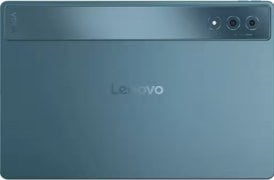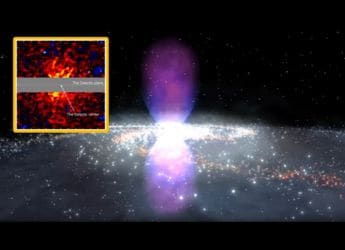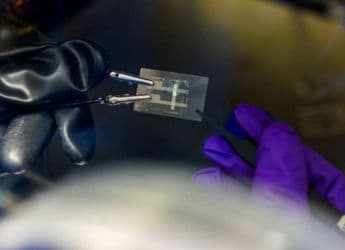- Home
- Tablets
- Tablets News
- Lenovo A7 50 Voice Calling Tablet Launched at Rs. 15,499
Lenovo A7-50 Voice-Calling Tablet Launched at Rs. 15,499

Notably, the Lenovo Tab A7-50 tablet was launched globally in April, alongside the Lenovo A7-30, A8 and A10 tablets. However, we are yet to hear anything about the launch of Lenovo's other A-series tablet in India.
The Lenovo Tab A7-50 tablet comes with SIM support (single SIM) and offers the voice-calling feature. It runs the now-dated Android 4.2 Jelly Bean out-of-the-box, and sports a 7-inch (1280x800 pixels) IPS display.
The tablet is powered by a 1.3GHz quad-core MediaTek (MT8382) processor with 1GB of RAM. It comes with 16GB of inbuilt storage, which is further expandable via microSD card (up to 32GB).
It sports a 5-megapixel rear camera with fixed focus, while there is a secondary 2-megapixel fixed focus front-facing camera also onboard. On the connectivity front, the Lenovo A7-50 includes 3G, Wi-Fi, Micro-USB, A-GPS, GPRS/ EDGE, and Bluetooth connectivity. Lenovo had also announced a Wi-Fi only variant of the A7-50, but at this time, there is no word on India availability or pricing of the same.
The tablet packs a 3450mAh battery, which is rated to deliver up to 8 hours of usage time and up to 336 hours of standby time. The tablet is available in Midnight Blue colour.
Earlier, the company announced Android 4.4 KitKat update rollout for the Vibe X and the Vibe Z smartphones. The Chinese handset maker has also revealed the Android 4.4 KitKat update changelogs for both the Vibe X and Vibe Z smartphones.
In May, Lenovo also announced a price cut for the mid-range Vibe X smartphone, which now retails at Rs. 22,999.
Get your daily dose of tech news, reviews, and insights, in under 80 characters on Gadgets 360 Turbo. Connect with fellow tech lovers on our Forum. Follow us on X, Facebook, WhatsApp, Threads and Google News for instant updates. Catch all the action on our YouTube channel.
Related Stories
- Samsung Galaxy Unpacked 2025
- ChatGPT
- Redmi Note 14 Pro+
- iPhone 16
- Apple Vision Pro
- Oneplus 12
- OnePlus Nord CE 3 Lite 5G
- iPhone 13
- Xiaomi 14 Pro
- Oppo Find N3
- Tecno Spark Go (2023)
- Realme V30
- Best Phones Under 25000
- Samsung Galaxy S24 Series
- Cryptocurrency
- iQoo 12
- Samsung Galaxy S24 Ultra
- Giottus
- Samsung Galaxy Z Flip 5
- Apple 'Scary Fast'
- Housefull 5
- GoPro Hero 12 Black Review
- Invincible Season 2
- JioGlass
- HD Ready TV
- Laptop Under 50000
- Smartwatch Under 10000
- Latest Mobile Phones
- Compare Phones
- Poco F8 Ultra
- Poco F8 Pro
- Huawei Mate 80 RS Master Edition
- Huawei Mate 80 Pro Max
- Huawei Mate 80 Pro
- Huawei Mate 80
- Huawei Mate X7
- Honor 500
- Asus ProArt P16
- MacBook Pro 14-inch (M5, 2025)
- Poco Pad M1
- Poco Pad X1
- Honor Watch X5
- Huawei Watch Ultimate 2
- Acerpure Nitro Z Series 100-inch QLED TV
- Samsung 43 Inch LED Ultra HD (4K) Smart TV (UA43UE81AFULXL)
- Asus ROG Ally
- Nintendo Switch Lite
- Haier 1.6 Ton 5 Star Inverter Split AC (HSU19G-MZAID5BN-INV)
- Haier 1.6 Ton 5 Star Inverter Split AC (HSU19G-MZAIM5BN-INV)


















